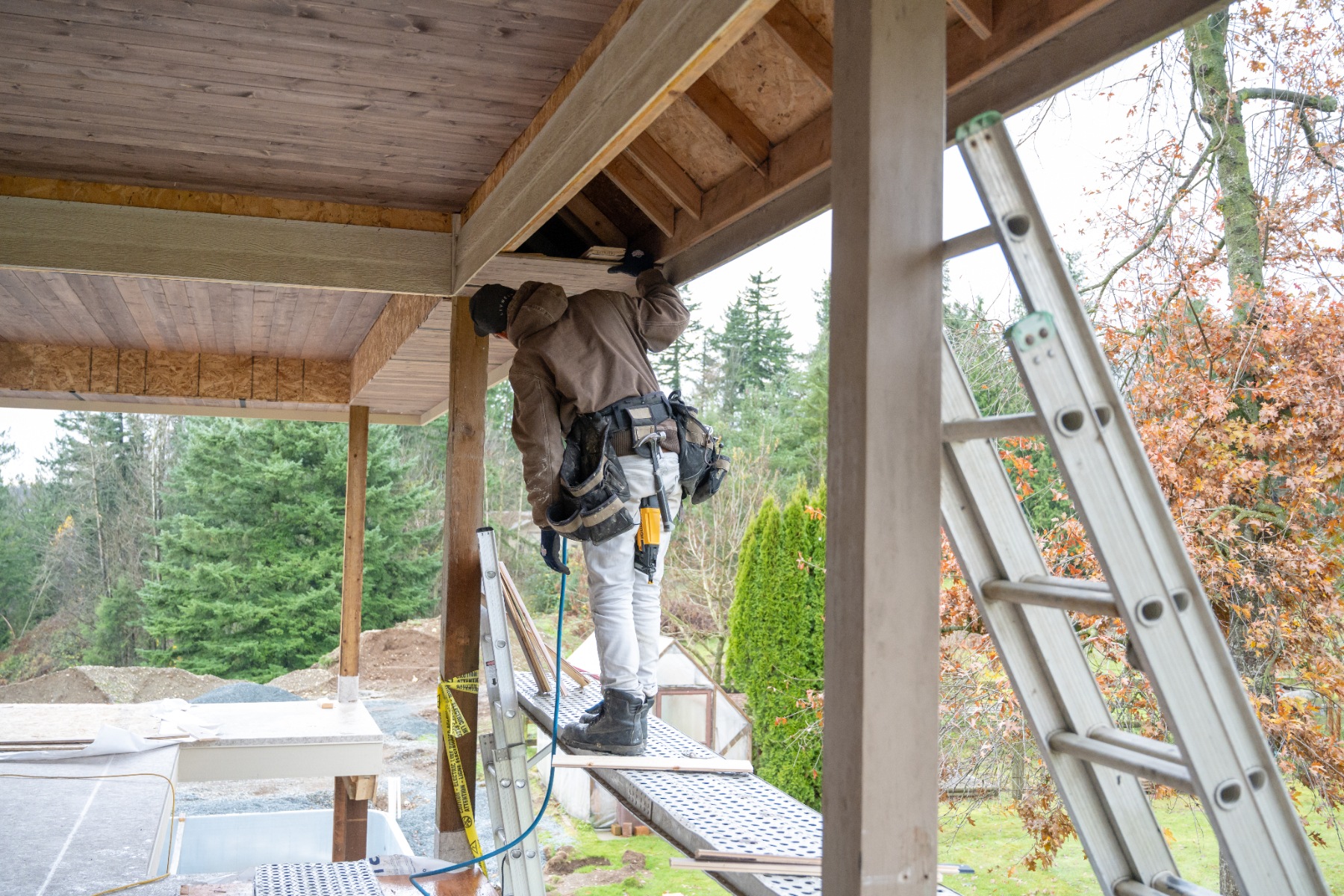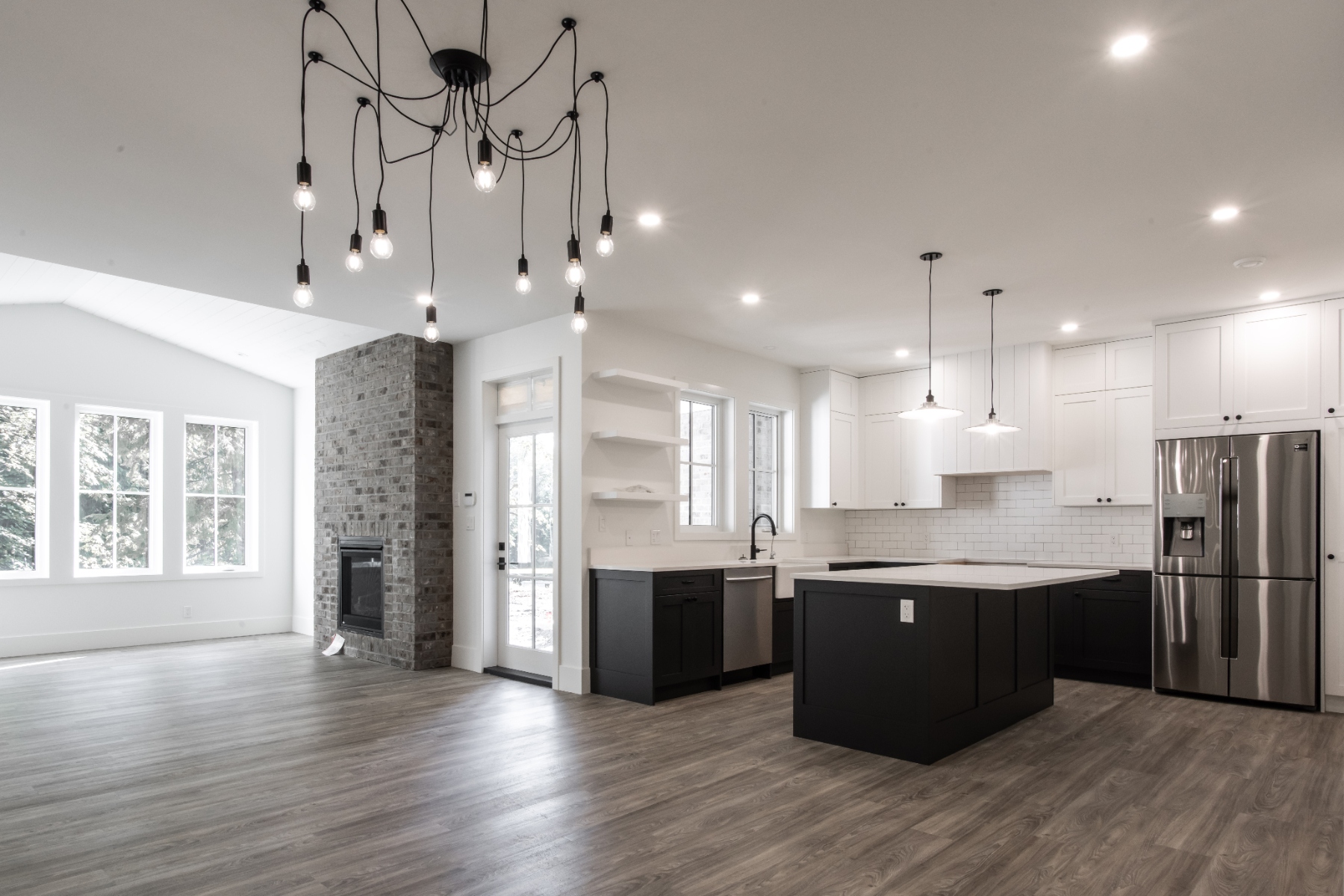Interior design plays a vital role in enhancing a home’s value and functionality. It not only boosts property value but also optimizes space and improves overall livability. Thoughtful design creates safer, more comfortable environments that are both aesthetically pleasing and budget-friendly. By making rooms functional and adaptable, interior design fosters creativity and personal expression. Sustainable choices and efficient layouts add to a home’s appeal, promoting a balanced and mood-elevating atmosphere that enhances everyday life. Let us look at some important elements of home design.
Space is a fundamental element in interior design, impacting both aesthetics and functionality. In simple terms, space refers to the distance and arrangement between elements in a room, aiming to create a balance between “positive” and “negative” spaces. Positive space includes areas occupied by furniture, cabinets, and decor, while negative space refers to the open areas, gaps, and pathways connecting these objects. Achieving harmony between positive and negative space makes a room feel clean, clear, spacious, and often larger than it is.
Colour is one of the most powerful elements in interior design, shaping mood, creating unity, and even altering our perception of space. Skilled designers use the psychology of colour to enhance a room’s atmosphere, as colour can evoke memories and emotions that elicit physical and psychological responses. For instance, calming greens and blues are ideal for bedrooms, while energizing reds stimulate appetite, making them a popular choice for kitchens. Thoughtful colour choices can transform any space, making it feel larger, cozier, or more cohesive.
Lighting is a vital element in interior design, setting the mood and bringing out other design factors like colour, texture, and pattern. Natural light flows through windows and doors, while artificial lighting is divided into three key types: ambient, task, and accent lighting. Ambient lighting sets the overall mood, filling the space with general illumination. Task lighting provides focused light for specific tasks, like reading lamps by the bed or desk. Accent lighting highlights elements such as artwork. Layering these types of lighting adds depth and enhances a room’s functionality and aesthetic, though it can be a complex process.
Balance involves creating stability and harmony within a space, and there are three types to consider based on personal preferences. Symmetrical balance, or formal balance, is the most straightforward approach, characterized by a mirroring effect that divides the space evenly, such as a dining room with chairs placed opposite each other or matching lamps flanking a bed. Asymmetrical balance offers a more flexible option, allowing for different shapes and sizes while maintaining a sense of equilibrium; for example, pairing a large sofa with smaller chairs creates visual interest without strict symmetry. Finally, radial balance revolves around a central focal point, like a fireplace, with surrounding elements arranged to draw the eye inward, enhancing the overall design.
Form is the shape and structure of a space and the objects within it, shaping the overall feel and flow of a room. There are two main types of form in design: geometric, which includes clean, structured lines often found in man-made objects, and natural, which brings organic shapes and curves inspired by nature. Striking the right balance between these forms adds personality and character to a space. Lines also play a crucial role, guiding the eye and shaping movement within the room. Whether horizontal, vertical, or dynamic, lines define boundaries and create visual interest, enhancing both form and function.
Unity is a key principle in home design, ensuring that every piece of furniture, pattern, and decorative item works together to create a cohesive and harmonious space. By carefully coordinating colours, styles, and materials, unity combines all design elements to make a room feel integrated and balanced, rather than disjointed. Achieving unity brings flow and purpose to the design, making each element feel like part of a well-thought-out whole that enhances the overall ambience of the space.
Emphasis in interior design is on establishing a focal point that captures attention upon entering a room. This principle involves highlighting a specific element—such as a bold colour, unique texture, striking pattern, or distinctive furniture piece—to create visual interest. By drawing the eye to this standout feature, emphasis adds depth and intrigue, giving the room a clear and intentional centrepiece around which the other design elements can harmonize.
It is the designer’s job to make sure all the elements of your home come together perfectly and create a functional and aesthetically appealing place that becomes the neighbour’s envy and owner’s pride. At Livwell Collective, we Design, Renovate and Define your signature style. As an end-to-end solution provider, we offer the perfect mix of design, technical skill, implementation and detail throughout the entire project. Over the years, we have helped families renovate their kitchens, bathrooms, closets and living rooms by redesigning the major and softer elements of their houses, to create the home of their dreams. If you are looking at a renovation for your house, Book a consultation with us to learn more about the possibilities.






